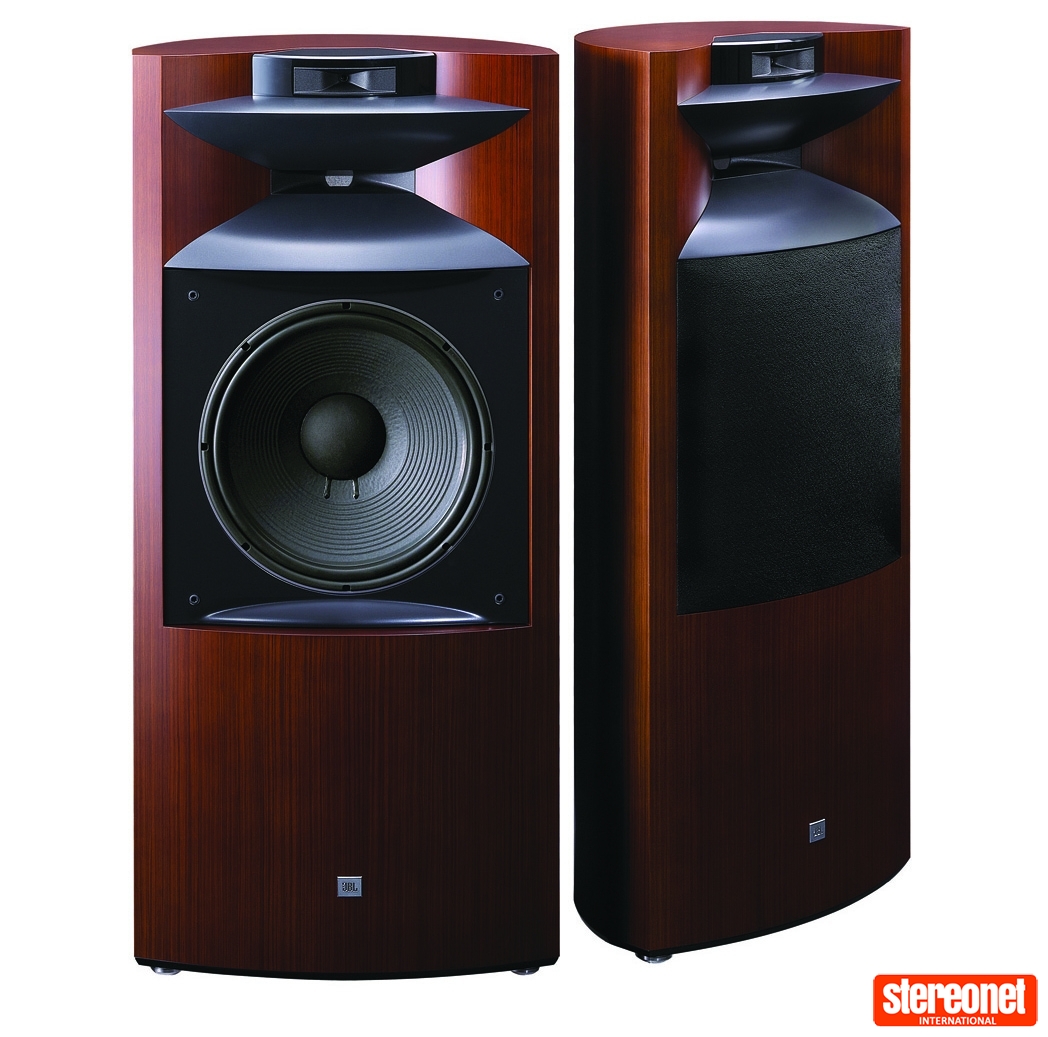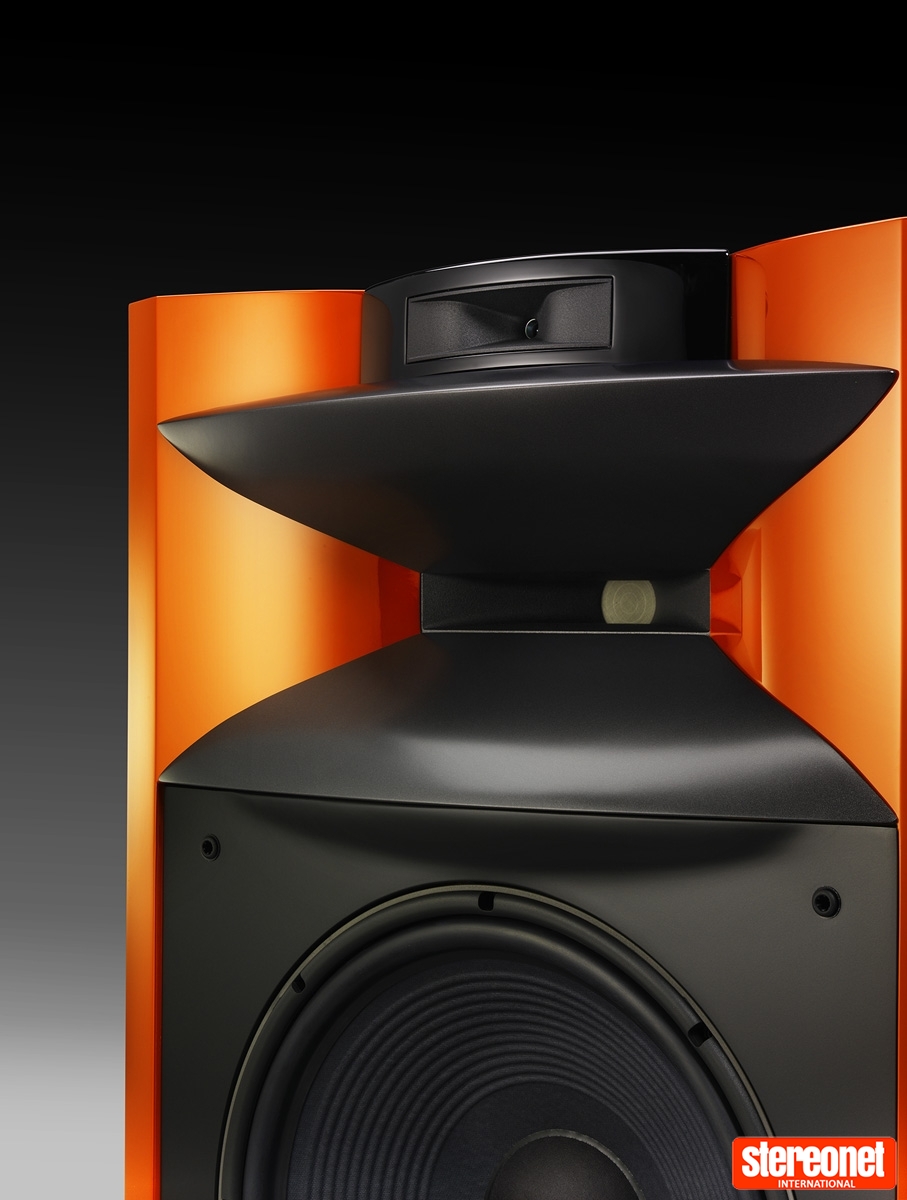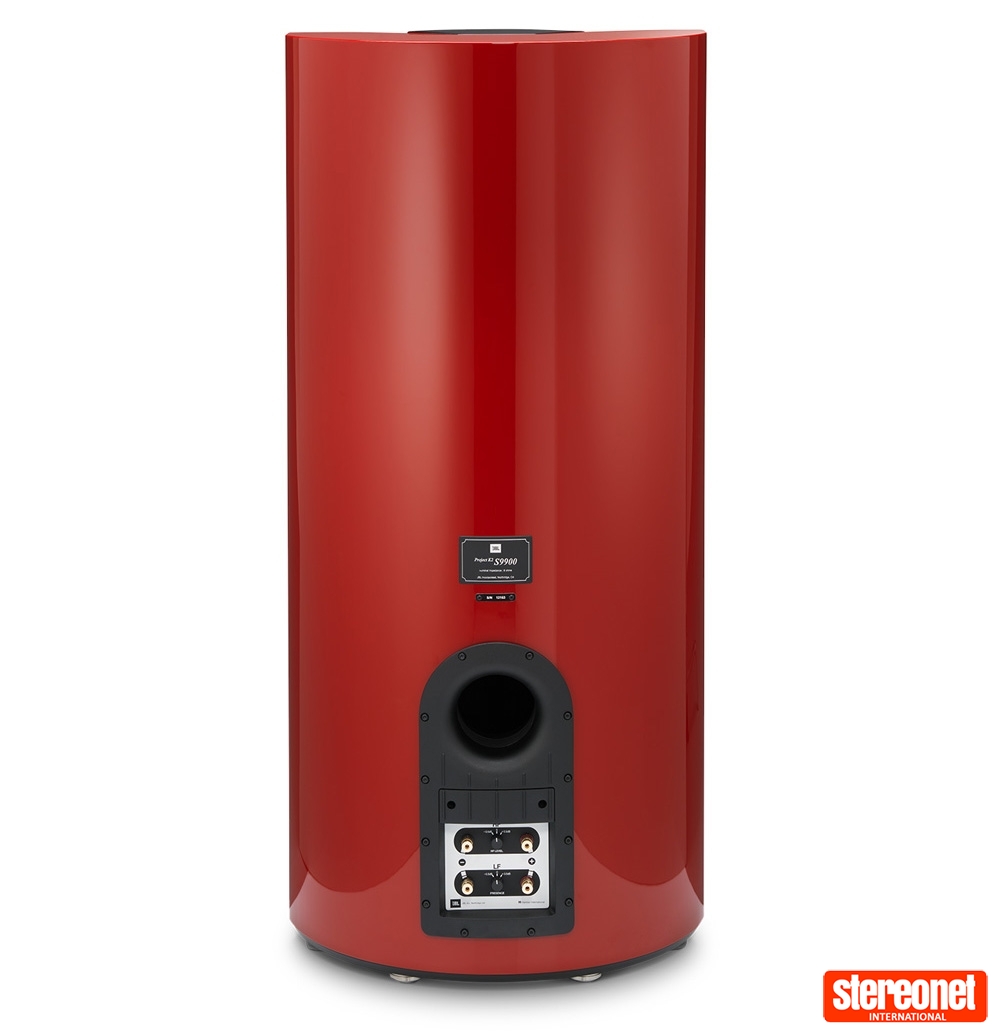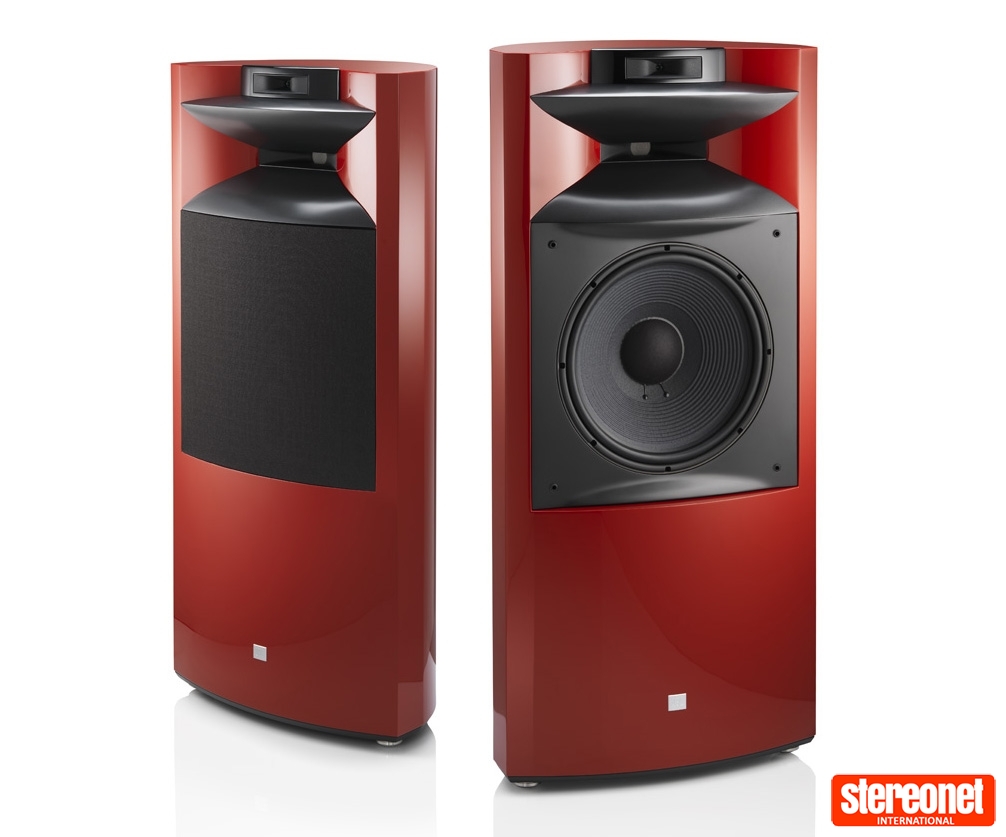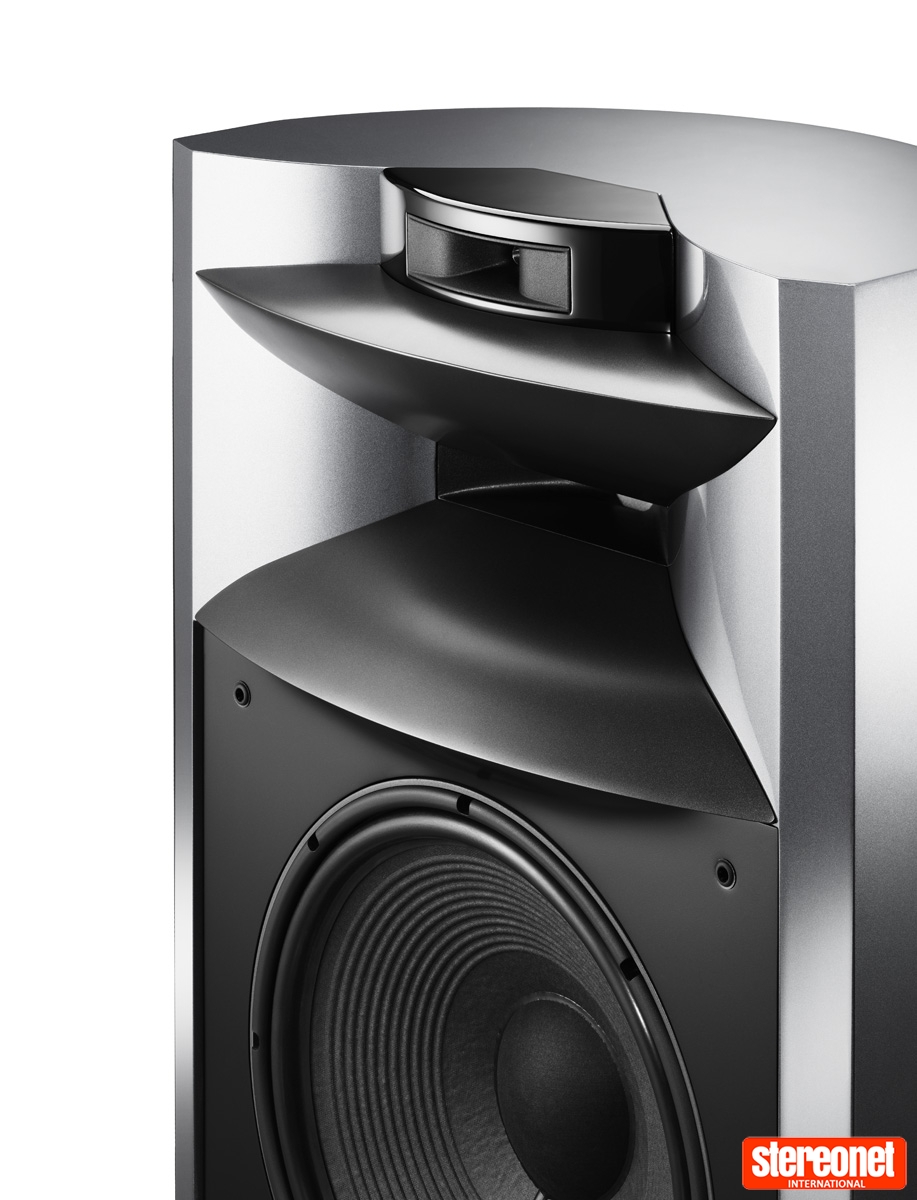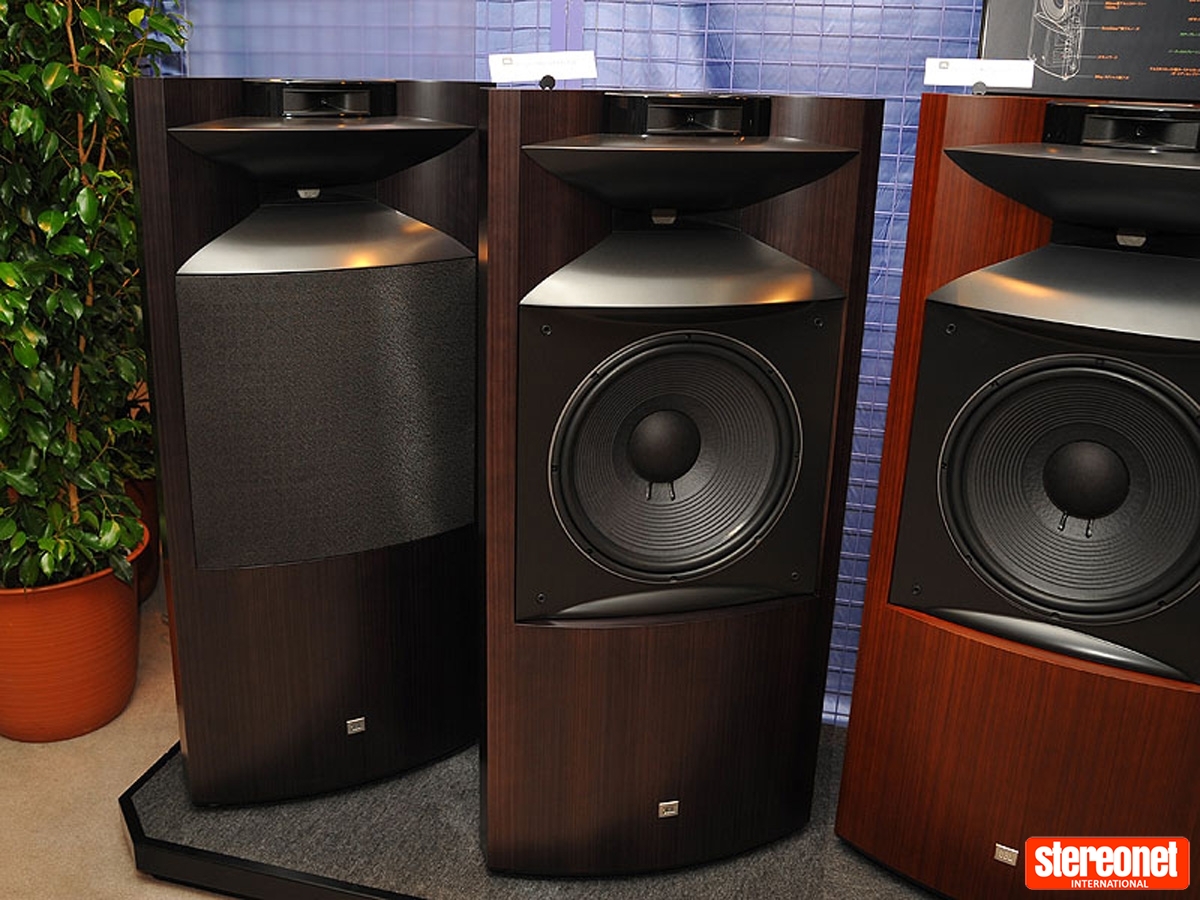JBL Project K2 S9900 (Incredible!!) Piano Black
R280,000.00
Cheapest S9900 in the world!!
JBL K2 S9900 review
They’re expensive – obviously – but the K2 S9900s are among the very best speakers money can buy
For many people, owning a pair of JBL’s K2 S9900s will be a non-starter.
Even putting the massive price tag to one side, many won’t get on with their determinedly retro appearance, their unfashionable proportions (which make them wider than they are deep) or even like the fact they use horn technology for everything above bass frequencies.
But we think these people will be missing out. The K2s are superstars, delivering performance as informative as it is fun. We can’t think of an alternative that has had such an addictive effect on us.
What makes them so good? As usual, it’s never just one thing – it’s a combination of engineering and tuning decisions that have turned these monsters into one of the finest pair of floorstanders we’ve ever heard.
Monsters? First off, these speakers are huge. They’re about the size of a stout fridge, and weigh much the same.

Monsters? First off, these speakers are huge. They’re about the size of a stout fridge, and weigh much the same.
To put numbers on it, these are 120cm high, about half as wide – and they weigh in at a hefty 83kg each. Don’t try to install these JBLs alone; your back won’t thank you for it.
Other numbers say a lot about these floorstanders – 38cm bass driver, 93dB/W/m sensitivity and 8 ohm nominal impedance with a minimum just one shy of that. From these figures you can expect plenty of bass action, with no shortage of sonic authority and the ability to deliver high volume levels from modestly powered amplification.
While these speakers sound perfectly happy with a good quality 50W amplifier, their power handling figure of 500W suggests they may come into their own when driven by high quality, high power amplification.
Indeed, much of the design work on these was done with sister brand Mark Levinson’s products – and those never want for grunt.
MORE: How to build the perfect speaker

The S9900s are three-way speakers. That large rear-ported paper-coned bass driver works all the way to 900Hz, at which point a 10cm magnesium compression driver takes over.
This unit is far more than just a midrange driver, as it handles most of the treble too – right up to 15kHz ,where the 25mm beryllium compression supertweeter takes over.
The integration between these drivers is handled seamlessly through a high quality, but relatively simple, biwire crossover. The aim with this circuit is to maximise detail and dynamics, while still providing a convincing and relatively even frequency response.
While horn speakers don’t have a particular stellar reputation as regards a smooth frequency response, these JBLs prove things don’t have to be that way.
The engineers have taken great care with the horn profiles to ensure good and balanced dispersion.

That curved front baffle provides the sidewalls for the main horn, while the top and bottom sections are made of precision-moulded Sonoglass. The supertweeter is also horn-loaded – in this case it sits behind a dedicated Sonoglass horn.
Two MDF layers of differing thickness go into making the 25mm thick cabinet. These layers are decoupled from each other but, together with extensive bracing, make the K2’s cabinet a surprisingly rigid and inert structure.
Fit and finish is as good as we demand at this level. Each cabinet edge is beautifully crisp and the finish of the wood veneer on our samples is flawless, just as it should be. There are two standard finishes – the wood grain of our review sample, or Zebrawood.
Add another £11,000 to the K2’s price and you can have a choice of seven high-gloss options. These are built to order – taking around four months to complete – and hand-worked to a mirror finish.
Positioning

Positioning is remarkably easy. These may be massive speakers but they don’t need a particularly large room in which to shine.
Our 7 x 5m listening-room is perfectly acceptable, even though we have no doubt a larger space will result in an even bigger sense of sonic scale, even more agile low frequencies and the opportunity to push the speakers harder.
We position them about a metre from the back wall and well away from the sides, with just a bit of angle towards the main listening position.
It’s worth playing around with the angles, as it’s possible to dial in the stereo image scale pretty well. Even once you’ve got things optimised, if you sit notably off-axis the soundstage isn’t so convincing, though the JBL’s sonic character remains intact.

It also pays to take care with partnering equipment. While the K2s are surprisingly easy to drive, they’re also wholly transparent to the quality of the source and amplification, right down to the cables used. If your equipment has flaws or simply a distinctive sonic characteristic, these speakers will reveal it.
In a nutshell: don’t skimp on the system. If you’re planning on buying speakers at this level, expect to pay a similar price for the rest of your set-up.
We use our reference Naim NDS/555PS music streamer, Clearaudio Innovation Wood record player/Luxman EQ-500 phonostage and Gamut D3i/D200i pre/power combination to good effect.
Sound

It’s hard not to approach speakers like these JBLs with preconceptions. They’re huge, and have a massive bass drivers – so high volume levels and seismic bass must be firmly on the menu.
Horn design? That must mean high sensitivity and punchy presentation, plus a bit of shoutiness thrown in. Right?
Well, yes and no.
Most of these things ring true. We start off with one of our favourite bass torture tracks, the classic Angel by Massive Attack. After a few seconds we sit back and laugh at the ease with which the K2s manage to deal with that distinctive, insistent bassline.
Low frequencies are rendered with utter conviction. Yes, they are extended and powerful but, less predictably, they bristle with agility and texture.
We can’t recall hearing this track laid bare with such skill or reproduced with such composure, especially at high listening levels. This is a sound you feel as much as hear.

Most speakers change their sonic character noticeably as volume levels change, but not these. The K2s retain most of their sparkle even at a whisper, and from there continue with an unchanging balance as the watts mount.
They stay clean and controlled while refusing to harden up, even at very high levels. Trying to break them, we find our limits are breached first.
But the K2s are more than just about bass and volume. Move higher up the frequency range and you’ll find an immensely engaging midrange that captures vocals with considerable skill. Voices are strongly projected with a great deal of clarity.
That nominal midrange driver covers everything from 900Hz right through to 15kHz, so there’s none of the vagueness we hear from conventional speakers (whose crossover point tends to be planted in the heart of the midrange).
Crossover networks, while necessary in speakers, invariably add a degree of phase distortion while compromising transparency and dynamics. The K2 has moved these unavoidable issues to frequency points where they’re much less likely to be heard.

Moving on to Hans Zimmer’s Interstellar OST and it plays to the K2’s strengths. It’s a chance for the speakers to show off their immense authority, their ability to deliver large dynamic shifts and display their skill at organising a complex production without pulling the music apart.
The K2s sound clean and clear, handling the most fragile instrumental strands with all the care they deserve. Yet they’re fully capable of generous portions of scale and power when the music demands. Just a short listen to Mountains is enough to convince us of that.
Flaws? We’ve heard speakers that convey the tonality of an instrument more convincingly, though few – if any – that manage to deliver the dynamic nuances of that instrument better or match the palpable sense of presence.
While these JBLs paint a fairly convincing soundstage, it’s not as expansive or as out-of-the-box as some we’ve heard.
Verdict
In our experience, even the very best hi-fi can remain some way from perfection. But make no mistake, we consider the K2 S9900 to be among the best speakers money can buy.
They can charm and thrill. They can make us sad or happy, just as the music demands. We can’t get enough of them.

Craig Joyce experiences this mighty, US-made behemoth of a floorstander…
JBL
K2 S9900 Loudspeakers
USD $24,200 /ea | CAD $32,000 /ea (Rosewood Finish)
Over the past few decades, the trend in floorstanding loudspeakers has been for narrower, taller speakers with a multitude of smaller mid/bass drivers, perhaps topped off by an exotic tweeter. Yet there are still some manufacturers out there doing something quite different. JBL has a long heritage in speaker design, but these days tends to be better known for consumer electronics. However, under the design tutelage of Greg Timbers (who has since moved on from JBL), the company has continually challenged preconceived ideas, producing highly accurate speakers capable of large dynamic shifts, high sound pressure levels and ruler-flat frequency response.
The K2 S9900 that you see here draws from this heritage. It is a predictably large, wide yet surprisingly shallow 3-way design, incorporating many of the features from the flagship Everest speakers. It packs a 15-inch low-frequency driver, a 4-inch compression driver and a 1-inch beryllium super tweeter compression driver. JBL actually calls it an augmented 2-way design, as the S9900 uses a single midrange crossover at 900Hz to blend a single woofer to the compression driver and horn combination. An ultra-high frequency driver is brought in at 15kHz to cover two octaves of ultrasonic frequencies. Above 700Hz, the high-frequency compression driver and horn combination operate unassisted beyond 22kHz.
This makes for a claimed frequency response of 48Hz to 50kHz, ±6 dB. The S9900’s other specs are impressive too. It’s said to have 500W power handling, with an easy-going 8-ohm nominal impedance that only drops to 7 ohms around 100Hz, and 93dB sensitivity. This makes the speaker a dreamboat for tube amplifiers and lower power Class A solid-state designs. The speakers can be bi-amplified and contain separate high and low-frequency crossover networks, by the way.
The S9900 has a large 100mm diameter flared rear port with a tuning frequency of 34Hz, alongside the input connections on a massive diecast aluminium plate. In addition to input binding posts, this rear plate includes rotary switches that allow for the selection of bi-amplification, presence adjustment – which raises or lowers the drive by approximately 0.5dB in the range of 1.5 to 3kHz – and high-frequency level trim which attenuates by approximately 0.5dB from 1kHz to about 20kHz. A removable cover provides access to the 9-volt battery used for capacitor bias.
UP CLOSE
Arriving on a pallet and more akin to a small fridge in size, these 1.2 metre tall, 560mm wide loudspeakers top out on the scales at circa 85kg per side. Positioning them for optimal room response is definitely not a one-person job. The relatively shallow shape may pose challenges for some narrow rooms but creates opportunities for locating them closer to a wall than other speakers might permit. The entire speaker enclosures rest on four stainless steel foot assemblies, with stainless steel coasters provided to protect wood and tile floors from the risk of damage from the spiked feet. If you want to put isolation feet on them, you will need a M12 thread.
The finish is nothing short of magnificent. A proprietary process is used to interlock a 25mm thick MDF enclosure which decouples multiple layers of curved MDF with voids filled by a foam after forming, resulting in excellent fit and finish. The factory finish is rosewood, but for an additional cost, you can elect to finish the speakers in a selection of six automotive grade finishes including British Racing Green Metallic, Ferrari Red and Polar White.
For this review, I paired the S9900s with McIntosh MC1201 monobloc power amplifiers, a Classe CP800v2 preamplifier and an MSB Premier DAC – with Qobuz over Roon providing high-resolution source material.
THE LISTENING
The K2 S9900 maintains the tradition of big JBLs by delivering a vast, fast and powerful sound. At the same time, there is precious little of the colouration heard in traditional, old school speakers from this marque – this one sounds thoroughly modern with fine detail retrieval and impressive sound staging.
When you have a speaker with 15-inch bass drivers, you expect it to have a serious bass – but whether or not it’s properly controlled is another matter. The K2 S9900 impressed hugely on both these counts. The Pale Moth by Plaid blew me away, the JBL showing great transient speed and power in the low frequencies. Also, acoustic guitar work seamlessly punctuated the mix, and some very complex segments were rendered cleanly and without confusion; this let the music shine.
Soundstaging is seriously impressive, too. One of my favourite tracks to test speaker imaging is Japanese Roots by Také Daké & Neptune. The K2 S9900 didn’t disappoint here, as the bamboo instruments appeared in a holographic image before me, each one clearly articulated in a very specific point in three-dimensional space. This was despite the relative complexity of the music, which makes lesser loudspeakers break out into a sweat.
Another great facet of the K2 S9900 is its tonal accuracy; this speaker just sounds natural, unprocessed and believable. With sparse programme material like the Johnny Cash cover of I Won’t Back Down, the music almost became a religious experience in my listening room. Guitars sparkled and shone, and vocals were accurately rendered and true to life – indeed, Cash’s voice really drew me in. This track was very well produced by Rick Rubin, and has a sense of immediacy that’s almost palpable – something I’ve never heard before in my system.
Andy Partridge from XTC has created one of the best-produced libraries of pop music, and The Smartest Monkeys is a great reference track for rock listeners. Via the K2 S9900, from the initial electric guitar panning and Andy’s lead vocals, all I could think of is that Radiohead song title, Everything In Its Right Place. When the rest of the band comes in, and the bass and drums land ahead of the first chorus, the separation of each and every drum hit is staggering. Meanwhile, the previously hidden – to me anyway – sub-bass rounded out the audible landscape with aplomb. This loudspeaker behaves less like a hi-fi design and more like a huge studio monitor in terms of accuracy to the original recording – as well as an almost ruthless ability to unpick poorly recorded source material.
JBL’s detractors joke that its name stands for ‘Just Bloody Loud’, and in days gone by, perhaps there was a grain of truth in that. Yet nowadays, the K2 S9900 does quality as well as quantity, and this forms much of this speaker’s appeal. You can have a big box that captures every last nuance of the aforementioned XTC track, and still blow the doors off the listening room – so to speak. For example, nothing crunches a room at high volumes like meticulously produced techno. Motion The Dance by Untold is a growling, building monster that uses a minimal production approach before devolving into pretty synth passages, and then finally, distorted filtered bass leads. The JBL’s grace under pressure – when the amplifier is really turned up – is quite a thing to behold. The mid and high-frequency content at high listening levels stays smooth and couth; indeed, the speaker sounds so clean that there exists a real danger of progressive hearing loss if you’re not careful.
Scuba is an artist well respected for dropping room compressing sub-bass levels on tracks like So You Think You’re Special. Played back at even moderate volumes, the S9900 makes this sound brutal. The representation of the opening drum hits exploded across the imaging surface. When the sub-bass arrived, the ease by which the speakers delicately reproduced the low frequencies was staggering. I knew what was happening but had never before felt the feeling in a room shift so quickly to reflect the emotional context of the source material.
THE VERDICT
 While loudspeakers of this size and cost will not be to everyone’s taste or budget, there’s a whole lot of love here for JBL’s Synthesis K2 S9900. It can render complex pieces of music with accuracy and precision that borders on surgical. Yet, it can also play as loud and free of distortion as you can physically tolerate. It behaves like no other traditional loudspeaker that I have ever heard.
While loudspeakers of this size and cost will not be to everyone’s taste or budget, there’s a whole lot of love here for JBL’s Synthesis K2 S9900. It can render complex pieces of music with accuracy and precision that borders on surgical. Yet, it can also play as loud and free of distortion as you can physically tolerate. It behaves like no other traditional loudspeaker that I have ever heard.
The compression drivers don’t appear shouty or unnatural, which means vocals and instruments sound highly organic and true to their recordings. That massive 15-inch woofer continually surprises the listener with its speed and precision; you will never listen to well-produced electronica on another speaker and forget how this one so effortlessly delivers the goods. Overall then, it’s an absolutely barnstorming floorstander that you should hear if you possibly can – if you’re fortunate enough to be able to countenance buying a pair.
Description
PROJECT K2 S9900
Project K2 S9900, one of the most advanced and sophisticated loudspeakers in the world today, is the latest expression in technology that is deeply rooted in more than 75 years of tradition. Like the Paragon and Hartsfield, the K2 S9900 was built around compression driver technology and addressed a more refined stereo image than was previously considered technically feasible. The K2 S9900 also incorporates key design elements from the Project Everest. Despite its 21st century power and sophistication, Project K2 S9900 is a synthesis of tradition and technology.










